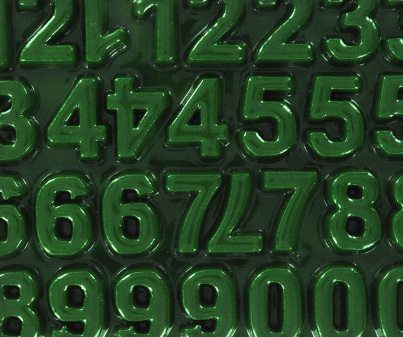13-14 billion: The number of surplus AAUs (Assigned Amount Units – which are tradable ‘Kyoto units’ or ‘carbon credits’) that will be carried over into the next Kyoto Protocol commitment period – around three times the annual emissions of the EU or twice the amount of the US. A further two billion could be created.
12 billion: The US-dollar amount that climate change-related disasters have cost Arab nations over the past 30 years, according to a new World Bank report.
52.6: The record high temperature in degrees Celcius that was recorded in Kuwait in 2010, followed by 53.5°C in 2011.
152 billion: The metric tonnes of ice that Greenland has lost, on average, per year between 1992 and 2011, according to new research released late last week by a team of 47 scientists from 36 laboratories, looking at data from 10 different satellites.
71 billion: The metric tonnes of ice that Antarctica has shed over the above period.
11: The millimeters in sea-level rise that have been added by the melting ice from Greenland and Antarctica – about a fifth of the total (the rest has come from from seawater expanding as it warms and from melting mountain glaciers).
9: The gigawatts of grid-connected solar that the Indian government is planning to add by 2017, according to its new interim target for solar energy. 2017 is also the year that the solar industry is tipping that utility-scale solar farms will reach parity with the cost of coal-fired generation.
19,000:The number of new solar plants registered in October in Germany, bringing the total for new solar power installations in Germany for the first 10 months of 2012 to around 6.8GW.
155: The size, in megawatts, of the solar PV power plant that is being planned for Ghana by the UK’s Blue Energy. Once completed (October 2015) it will be the largest solar power plant in Africa, and one of the largest in the world.
30 million: The number of gallons of corn stover derived ethanol DuPont plans to produce from the cellulosic biofuel plant it is building in Iowa in the US, which will be one of the world’s largest when it is up an running in 2014.
500: The number of local farmers that DuPont is looking to contract to keep the corn stover – the leaves, stems, and anything else left over from harvesting the edible part of corn crops – coming.
96: The number of “critically endangered” animal species in Australia at present. This is the highest threat level that can be assigned to a wild species, meaning these species are either facing an extremely high risk of extinction, or have numbers which decreased by 80 per cent within three generations. Some may already be extinct.










